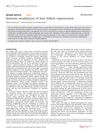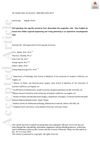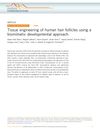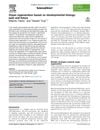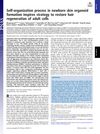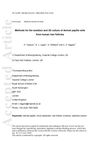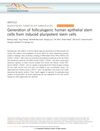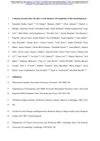Skin Organoids: A New Human Model for Developmental and Translational Research
January 2021
in “
Experimental Dermatology
”
skin organoids human pluripotent stem cells hair follicles dermatological research skin development disease modeling therapeutic applications skin reconstruction wound healing immune response management iPSC derivation iPSC differentiation stem/progenitor cell biology skin and hair restoration regenerative medicine alopecia stem cells hair growth skin healing hair loss
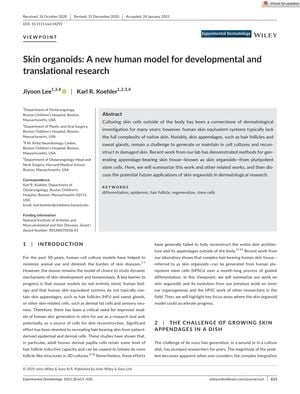
TLDR Skin organoids are a promising new model for studying human skin development and testing treatments.
The document from February 18, 2021, highlights the development of skin organoids as a new model for human developmental and translational research. These three-dimensional structures are derived from human pluripotent stem cells and are capable of mimicking the complexity of human skin, including the generation of hair follicles and other skin appendages. The authors' laboratory has developed a method to create these organoids, which can be used for dermatological research, understanding skin development, disease modeling, and therapeutic applications. The organoids can integrate into mouse skin, suggesting potential for skin reconstruction and wound healing, despite challenges such as immune response management and the lengthy process of iPSC derivation and differentiation. While current skin organoids lack certain cell types and sweat glands, future research aims to incorporate these components. The authors view skin organoids as a complement to existing models, with the potential to provide insights into stem/progenitor cell biology, novel approaches to skin and hair restoration, and other skin functions. The work is supported by NIH grant R01 AR075018-01, and a patent application has been submitted for the skin organoid system. Data from the study are available on the Koehler lab's website, and the document also references several studies that have contributed to the understanding of skin organoid development and potential applications in regenerative medicine, such as restoring hair growth in alopecia.
